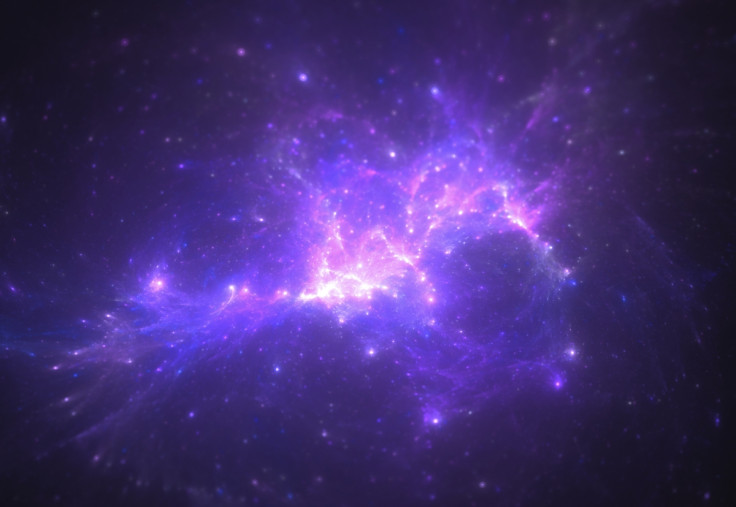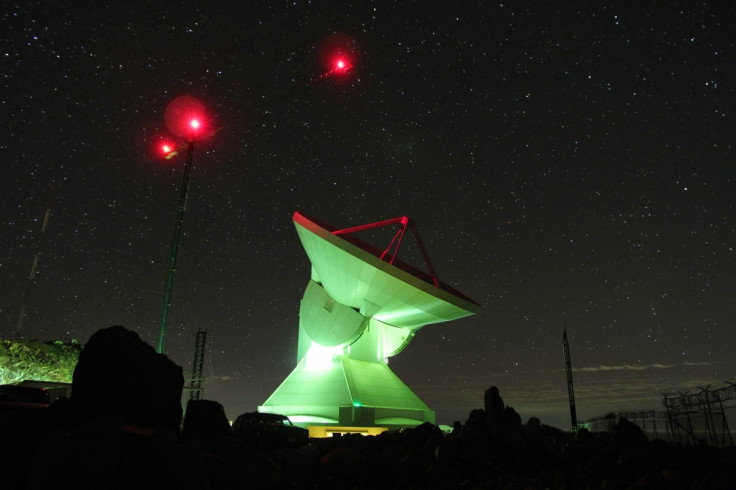'Outrageously-luminous' galaxies discovered 300 trillion times brighter than the Sun

Astronomers have found the brightest galaxies ever observed. These galaxies are 300 trillion times brighter than the Sun, and scientists say they did not know they could physically exist.
The study, published in Monthly Notices of the Royal Astronomical Society, will help to uncover secrets about the early universe.
Astronomers from the University of Massachusetts Amherst found eight galaxies, all around 10 billion years old. They say they are far brighter than any other galaxy seen to date. Min Yun, researcher working on the study said: "The galaxies we found were not predicted by theory to exist; they're too big and too bright, so no one really looked for them before."
Astronomers categorise a galaxy's luminosity by comparing it to the Sun. A galaxy that is 'ultra-luminous' has a luminosity of 1 trillion Suns. At 10 trillion Suns, it is described as 'hyper-luminous'.

The researchers say that these galaxies are 300 trillion times more luminous than the Sun. As it stands, there is no term given to a galaxy brighter than 100 trillion times the Sun.
Lead author Kevin Harrington said: "We've taken to calling them 'outrageously-luminous' among ourselves, because there is no scientific term to apply."
Cause of the luminosity
The researchers analysed these galaxies and discovered the most likely cause of their brightness was a high rate of star formation. They say that the galaxies appear to be forming a new star every hour. "We still don't know how many tens to hundreds of solar masses of gas can be converted into stars so efficiently in these objects, and studying these objects might help us to find out," said Harrington.
These galaxies were estimated to have started four billion years after the Big Bang. This finding will allow the scientists to investigate which materials were available for the galaxies to use in the early universe. Yun said: "Their existence teaches us about the process of collecting matter and of galaxy formation. They suggest that this process is more complex than many people thought."
While these galaxies appeared very large to the astronomers, they say their size are deceptive. Their luminosity causes 'gravitational lensing' – where light appears magnified after it passes close to big objects. In this case, the light from the eight galaxies travelling to Earth passes close to another, unknown galaxy. This bends the light, as it no longer follows the natural curvature of space-time. This makes them seem bigger than they actually are.
The researchers now plan to investigate this gravitational lensing in more detail, including finding out which galaxy is causing the bending. They will also discover the actual size of the newly discovered galaxies by discounting the effect of lensing, when they have more information about it.
© Copyright IBTimes 2025. All rights reserved.






















